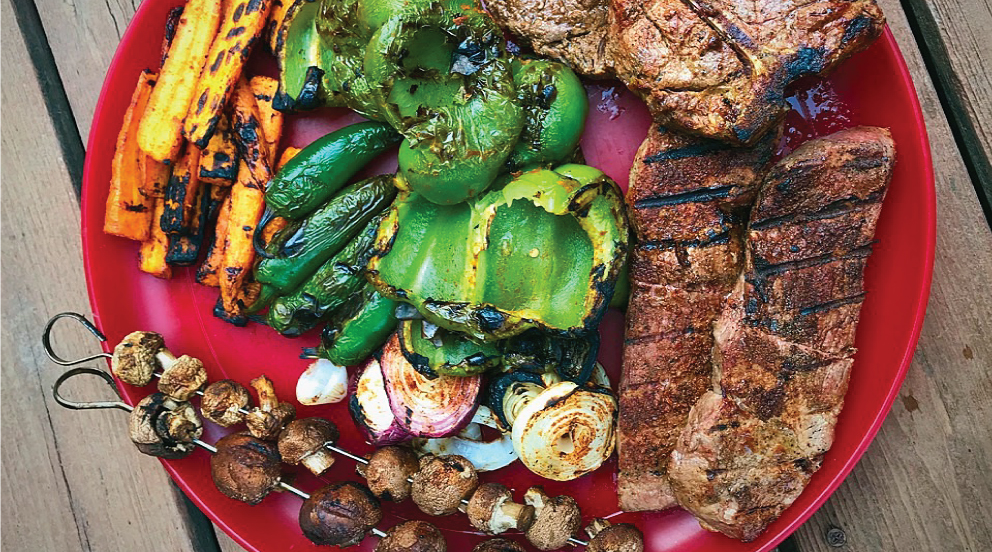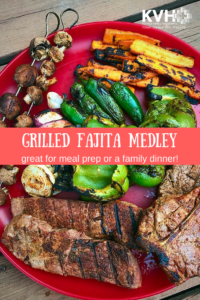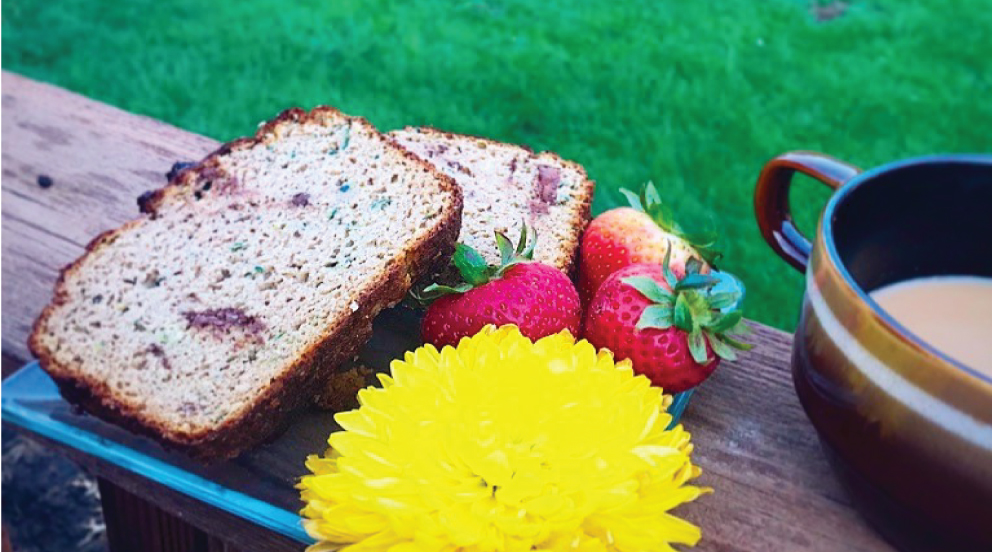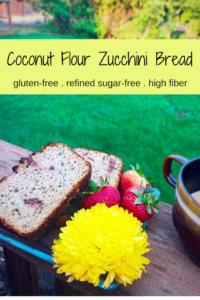Contributor: Dr. Elise Herman, KVH Pediatrics
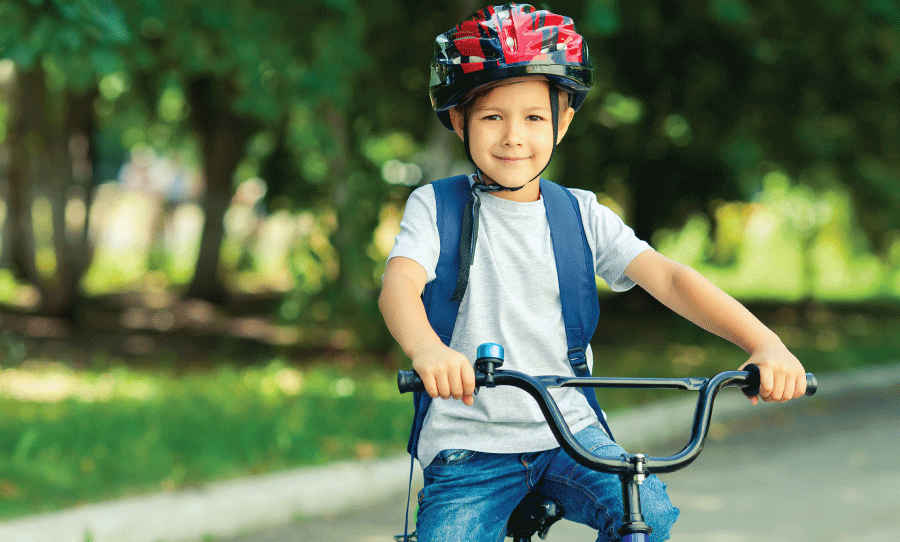
Racism is front and center now, and parents may wonder how to have important conversations with their child about diversity, equality, and discrimination. It helps to keep your discussion age-appropriate, share your feelings and listen to your child.
Under age 5 years – Studies have revealed that even infants notice different skin tones and preschool kids have been shown to view those who look like themselves more positively, so addressing racism early is important. Kids relate easily to the concept of fairness so it can simply be explained as treating someone unfairly based on how they look. Young kids may ask about why people’s skin colors are different. Explain simply that darker skin has more of the pigment melanin in it and that no skin color is ‘better’ than another. Celebrate human diversity by noting that “we are all human but can have lots of differences, too, making everyone special!”. Encourage your young child’s appreciation for diversity by reading books and playing with toys featuring people of different races.
6-11 years old – At this age, children are more aware of current events based on what they have heard and seen from adults, other kids and on the news or in social media. Ask your child about what they know and what questions they have. Kids this age understand empathy so discussing how it would feel to be judged unfairly can be helpful. Children of all ethnicities can be assured that people world-wide are upset about racism and are working to make things better.
12 and older – Kids this age are often very informed and have developed their own opinions about issues such as racism and protests. Discussing the news and current events and how it affects them opens the door to a deeper conversation. The same concepts of fairness and empathy apply, but now taking action may be a logical next step. It may be sharing something on social media, reading more about the history of oppressed peoples or attending an event.
All kids benefit from social experiences with a variety of people. Cooking food and listening to music of different cultures broadens our horizons. It is alright to let your child know that you are upset or sad about what is happening, but you also need to assure your child that they are safe in what can be a frightening time. This conversation will look different for families of color where the issue hits a lot closer to home than for whites.
As always, what we do and say speaks volumes to our children. It is vital that as parents we confront our own prejudices and biases and work to be more open and understanding. Let your kids see you speaking out against racism, embracing diversity and calling for justice for all people.


